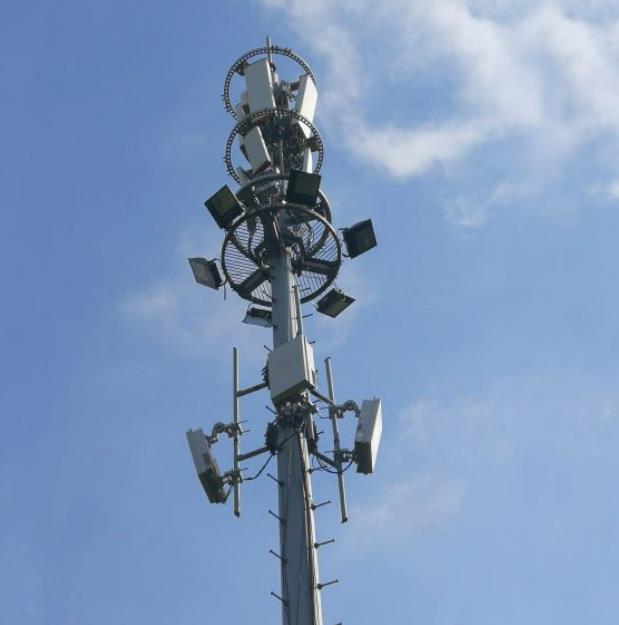Exploring the Technological Marvel: Cellular Base Station Antenna
In the ever-evolving landscape of wireless communication, the cellular base station antenna emerges as a technological marvel that forms the backbone of our connected world. Nestled atop towers, buildings, and other elevated structures, these antennas quietly orchestrate the symphony of radio signals that power our smartphones, tablets, and other devices. In this in-depth exploration, we delve into the intricacies of cellular base station antennas, deciphering their architecture, functionality, and their pivotal role in enabling seamless wireless communication across vast geographic areas.

1. The Cellular Base Station Antenna Unveiled
At its core, a cellular base station antenna is a sophisticated device that serves as the conduit for wireless communication signals. It acts as both a transmitter and a receiver, seamlessly transmitting data from devices to the network and vice versa. This ability to facilitate bidirectional communication forms the bedrock of modern telecommunications.
2. A Towering Presence: Installation and Placement
The cellular base station antenna, often perched atop towering structures, commands a strategic vantage point to ensure optimal signal coverage. Towers, buildings, and even specially designed monopoles serve as hosts for these antennas. The elevated placement is essential for achieving a wider coverage area, minimizing signal interference, and providing a clear line of sight for communication signals to propagate.
3. Anatomy of a Cellular Base Station Antenna
3.1 Array Elements and Radiation Patterns
Central to the functionality of a cellular base station antenna are its array elements. These elements are meticulously arranged in specific patterns, giving rise to distinct radiation patterns. These patterns determine the direction and coverage area of the radio waves emitted by the antenna. The precision in array element arrangement allows for the creation of directional beams that target specific regions while minimizing signal spillage in unwanted directions.
3.2 Beamforming Technology
Beamforming is a cutting-edge technology employed by modern cellular base station antennas to enhance signal strength and coverage. By adjusting the phase and amplitude of individual array elements, beamforming enables the creation of focused beams that concentrate signal energy in specific directions. This technology optimizes signal strength for users within the coverage area, leading to improved data rates and reduced signal congestion.
4. Frequencies and Technologies: A Dynamic Spectrum
The cellular base station antenna is versatile in its ability to operate across a range of frequency bands, each catering to different technologies. From legacy GSM and CDMA to advanced LTE and 5G networks, these antennas seamlessly adapt to varying communication protocols. This adaptability ensures compatibility with a diverse array of devices, allowing users to connect and communicate seamlessly regardless of their technology preferences.
5. Powering the Connected World: The Role in Wireless Communication
The role of the cellular base station antenna extends far beyond its physical presence. It serves as the linchpin connecting users to the cellular network, enabling voice calls, text messages, and data transfer. The antenna's ability to efficiently transmit and receive signals dictates the quality of service experienced by users, influencing factors such as signal strength, data speed, and call clarity.
6. The Transition to 5G: Enhancing Connectivity
As the world embraces the era of 5G connectivity, the cellular base station antenna takes on a pivotal role in enabling its transformative potential. 5G technology demands an intricate interplay of antennas and advanced beamforming techniques to deliver ultra-fast data speeds and low latency. The cellular base station antenna's adaptability to support 5G frequencies ensures that users can experience the next generation of connectivity seamlessly.
7. Conclusion: Pioneering the Wireless Frontier
In the grand tapestry of wireless communication, the cellular base station antenna emerges as a true pioneer, bridging the gap between devices and the digital realm. Its intricate design, array elements, and beamforming capabilities create a symphony of radio waves that carry our messages, data, and voices across vast distances. As we venture into the uncharted territory of 5G and beyond, the cellular base station antenna stands poised to be the unsung hero that fuels our insatiable appetite for connectivity, pushing the boundaries of technology and transforming the way we interact with the world around us.

 Mobile Signal Booster
Mobile Signal Booster